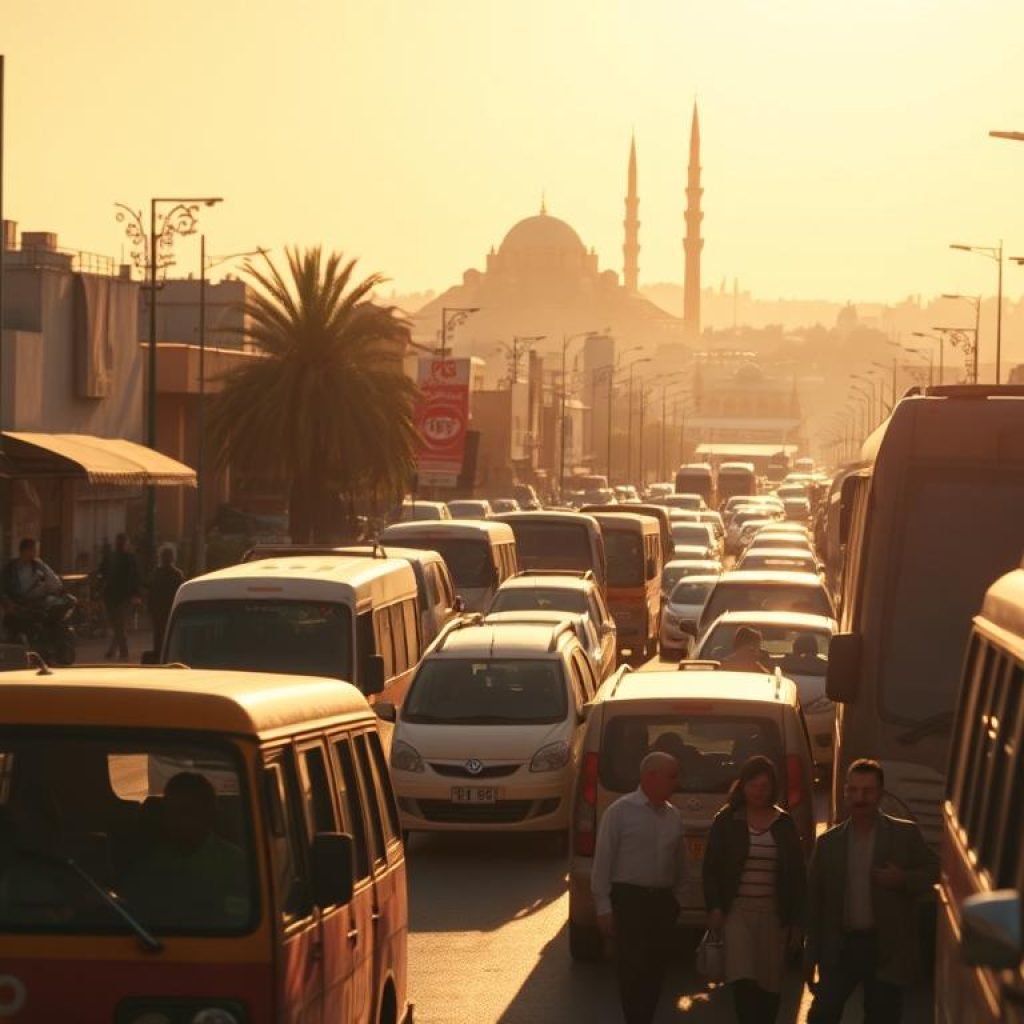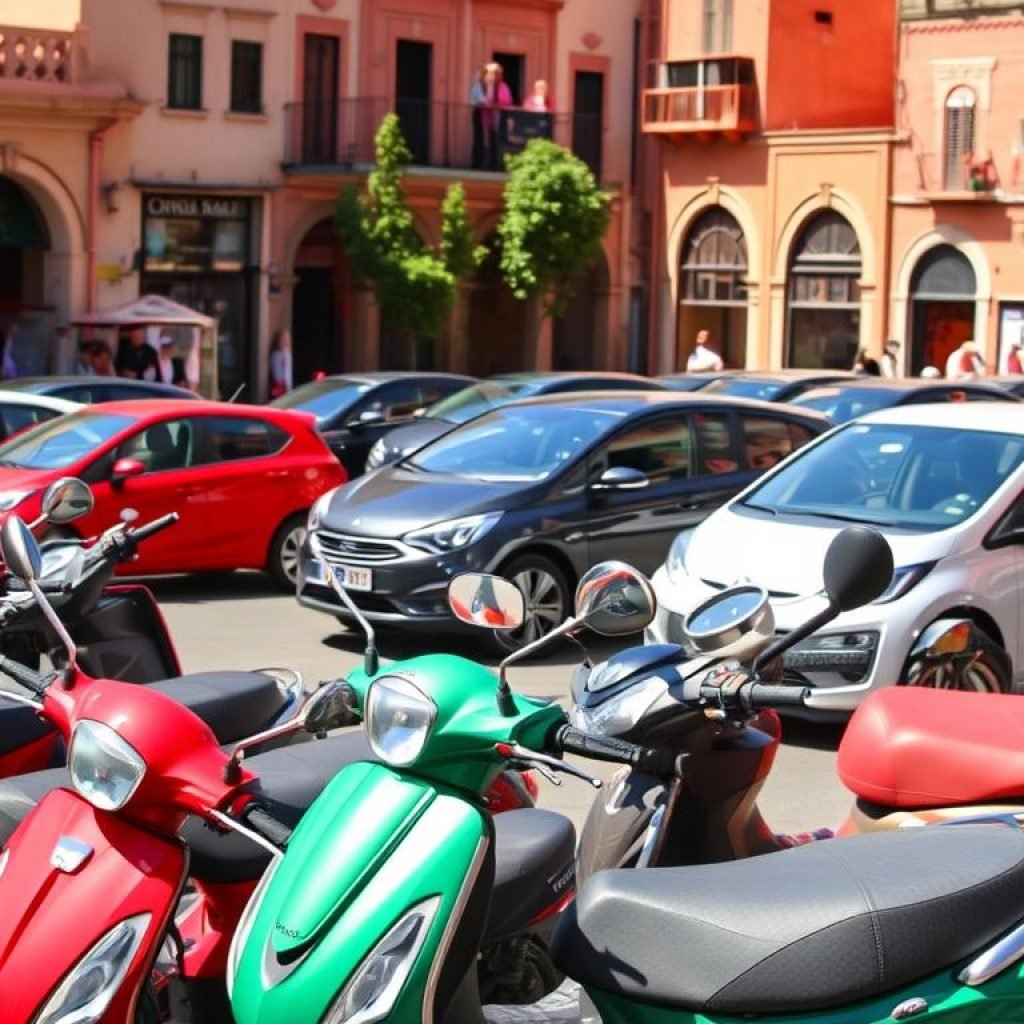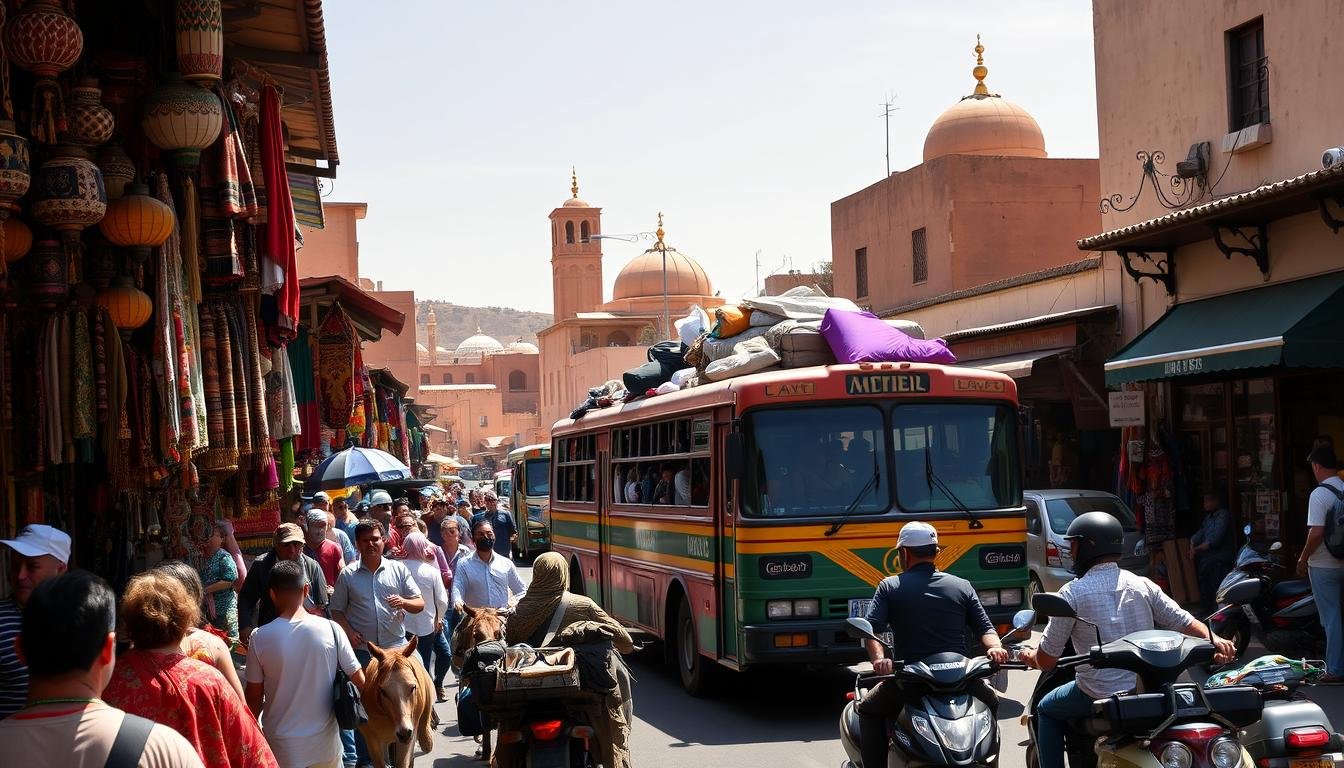Exploring Morocco is like stepping into a vibrant tapestry of culture, history, and breathtaking landscapes. Whether you’re wandering through the bustling streets of Casablanca or marveling at the serene beauty of the Sahara Desert, getting around this enchanting country is an adventure in itself. For first-time visitors, navigating the transportation system might seem daunting, but it’s surprisingly efficient and cost-effective.
From the modern train services operated by ONCF to the extensive bus networks like CTM, there are plenty of options to suit every traveler’s needs. Taxis, with their unique color codes—red for Casablanca, orange for Marrakech—offer a convenient way to explore cities. For those venturing into rural areas, renting a car can be a great choice. This guide will walk you through everything you need to know to make your journey seamless and enjoyable.
Key Takeaways
- Morocco’s transportation system is diverse, including trains, buses, and taxis.
- Train travel is comfortable and connects major cities efficiently.
- Taxis are color-coded by city, making them easy to identify.
- Renting a car is ideal for exploring rural destinations.
- Public options are budget-friendly and widely available.
Exploring Morocco’s Transportation Landscape
Morocco’s transportation system offers a mix of modern and traditional options, catering to every traveler’s needs. From bustling cities like Casablanca and Marrakech to serene rural areas, the country’s network ensures you can explore with ease. Whether you prefer the speed of a train, the convenience of a taxi, or the flexibility of a rental car, there’s a choice for every journey.
Diverse Options from Urban to Rural
In urban areas, you’ll find a variety of options. Petits taxis are perfect for short trips within cities, while metro and tram systems in places like Casablanca and Rabat make commuting efficient. For longer distances, grand taxis are a popular choice, especially for inter-city travel.
Rural areas are well-connected too. Companies like CTM and Supratours operate extensive bus networks, reaching even remote destinations. These buses are comfortable, often air-conditioned, and provide a budget-friendly way to explore the countryside.
Comparing Taxis, Trains, Buses, and Rentals
Each mode of transport has its strengths. Taxis are quick and convenient but can be pricier for long distances. Trains, operated by ONCF, are fast and reliable, connecting major cities like Tangier and Marrakech. Buses are affordable and cover more routes, making them ideal for budget travelers.
For those who prefer flexibility, renting a car is a great option. It allows you to explore at your own pace, especially in rural areas where public options are limited. However, be sure to familiarize yourself with local traffic laws before hitting the road.
| Mode | Best For | Price | Comfort |
|---|---|---|---|
| Taxi | Short trips, city travel | Moderate | High |
| Train | Inter-city travel | Affordable | High |
| Bus | Budget travel, rural areas | Low | Moderate |
| Car Rental | Flexibility, rural exploration | High | High |
When planning your trip, consider factors like price, time, and comfort. Booking tickets in advance, especially during peak seasons, can save you time and ensure a smooth journey. For more detailed insights, check out this guide on using public transport in.
Public transport in Morocco: Essential Tips for Beginners
Navigating Morocco’s cities can be an exciting adventure with the right know-how. Whether you’re exploring the bustling streets of Casablanca or the historic charm of Rabat, understanding the metro, tram, and bus systems is key to a smooth journey. These options are efficient, affordable, and widely available, making them ideal for first-time visitors.

Understanding Metro, Tram, and Bus Systems
In major cities like Casablanca and Rabat, metro and tram systems are the backbone of urban travel. The Casablanca Tramway and Rabat-Salé Tram are modern, reliable, and cover key routes across the cities. Tickets cost just 6 dirhams for a one-way trip, making them a budget-friendly choice.
Buses are another great option, especially for reaching areas not covered by trams. Companies like CTM and Supratours operate extensive networks, connecting cities and rural destinations. Buses are comfortable, often air-conditioned, and offer a cost-effective way to explore the country.
Practical Advice for Ticketing and Navigation
Buying tickets is straightforward. You can purchase them at stations or online for added convenience. Always validate your ticket before boarding to avoid fines. Keep spare change handy, as many stations and buses only accept cash.
Language barriers can be a challenge, but most signs and announcements are in both Arabic and French. Downloading a translation app or carrying a phrasebook can help. Plan your route in advance using local timetables or apps like Google Maps.
| Mode | Best For | Price | Tips |
|---|---|---|---|
| Metro/Tram | City travel | 6 dirhams | Validate tickets before boarding |
| Bus | Inter-city travel | 60-135 dirhams | Carry cash for tickets |
| Taxi | Short trips | 7-20 dirhams | Agree on fares before starting |
Finally, stay aware of your surroundings and keep your belongings secure, especially in crowded areas. With these tips, you’ll be ready to explore Morocco’s cities confidently and efficiently.
Riding the Rails and Navigating Moroccan Bus Routes
Traveling across Morocco offers a unique blend of convenience and adventure, especially when exploring its rail and bus networks. Whether you’re hopping on a high-speed train or catching a local bus, the journey is as memorable as the destination. This section dives into the specifics of these options, helping you make the most of your trip.
Guide to ONCF Trains and the Al Boraq Experience
Morocco’s rail system, operated by ONCF, is a reliable way to travel between major cities. The Al Boraq high-speed train is a standout, connecting Tangier and Casablanca in just over two hours. With speeds reaching 320 km/h, it’s a modern marvel that saves time and offers comfort.
Other popular routes include Marrakech to Rabat and Fez to Casablanca. Tickets can be purchased at stations or online, but it’s wise to book in advance during peak seasons. Onboard amenities like Wi-Fi and extra legroom make the journey enjoyable.
CTM, Supratours, and Local Bus Tips
For those preferring buses, CTM and Supratours are the top choices. These companies operate extensive networks, reaching even remote destinations. Buses are affordable, with prices ranging from 60 to 135 dirhams, and often include air conditioning for added comfort.
Navigating bus terminals is straightforward. Look for ticket windows labeled with the company name, and consider purchasing tickets in advance for popular routes. While buses are slower than trains, they offer a budget-friendly way to explore the countryside.
| Mode | Best For | Price | Travel Time |
|---|---|---|---|
| Al Boraq Train | High-speed inter-city travel | Moderate | 2 hours (Tangier to Casablanca) |
| ONCF Train | Major city connections | Affordable | Varies by route |
| CTM Bus | Budget travel, rural areas | Low | 30% slower than trains |
When planning your journey, consider factors like price, time, and comfort. Whether you choose the speed of a train or the affordability of a bus, Morocco’s transportation options ensure a seamless and enjoyable experience.
Unlocking Flexible Travel: Renting Cars and Motorcycles
For travelers seeking freedom and flexibility, renting a car or motorcycle in Morocco opens up a world of possibilities. Whether you’re exploring the winding roads of the Atlas Mountains or venturing into the vast Sahara Desert, these options offer unparalleled autonomy over your journey. While traditional modes like taxis and buses are reliable, rentals provide a unique way to experience the country at your own pace.

Benefits and Cautions for Car Rentals
Renting a car in Morocco is a fantastic choice for those who want to explore beyond the beaten path. It allows you to set your own schedule and discover hidden gems that aren’t accessible by train or bus. However, it’s essential to be aware of potential challenges, such as navigating busy city streets or rural roads with limited signage.
Before hitting the road, inspect the vehicle for any existing damage and document it with photos. Opt for comprehensive insurance to cover unexpected incidents. Rental costs vary widely, from Dh270 to Dh7500 per day, depending on the vehicle type and rental company. Reputable options like Hertz, Avis, and Budget are widely available in cities like Casablanca.
Adventure Tips for Motorcycle Travelers
For thrill-seekers, renting a motorcycle offers an exhilarating way to explore Morocco. It’s particularly ideal for navigating narrow streets in cities like Marrakech or taking scenic routes through the countryside. Many travelers opt for ferry services from Spain to Tangier, bringing their bikes for a seamless start to their adventure.
Safety is paramount when riding a motorcycle. Always wear a helmet and carry a toolkit with spare parts. Rental companies often provide safety gear, but it’s wise to double-check before setting off. Motorcycle rentals are generally more budget-friendly than cars, with daily rates starting around 15-25% lower.
“Renting a vehicle in Morocco gives you the freedom to explore at your own pace, turning every trip into an unforgettable adventure.”
Whether you choose a car or motorcycle, renting is a fantastic way to explore Morocco’s diverse landscapes. With careful planning and preparation, you’ll enjoy the flexibility and independence that comes with self-guided travel.
Conclusion
Exploring the diverse landscapes of Morocco is made seamless with its variety of travel options. From the speed of trains to the affordability of buses, there’s a mode to suit every traveler’s needs. Whether you’re navigating bustling cities or venturing into rural areas, understanding local systems ensures a smooth journey.
Key tips include booking tickets in advance, especially for popular routes, and familiarizing yourself with local taxi and rental services. Planning ahead and staying informed about schedules and fares can save time and enhance your experience.
With options like high-speed trains and shared taxis, you can tailor your trip to match your preferences. For more detailed insights, check out this comprehensive guide on navigating the country’s systems.
Ready to explore? Use these strategies to plan your next adventure with confidence and ease.




Comment (0)